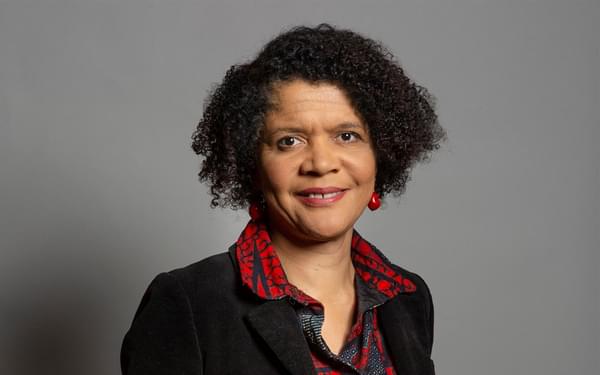Back to Articles
Hydrock roundtable: Diversity and access to careers in the built environment sector
Graham Munday \ 1st Dec 2022
'Inspire, hire and grow' was the mantra from Nicola Inge, Employment and Skills Director with Business in the Community (BITC) who chaired our breakfast roundtable in London focused on how to create more accessible routes into the built environment sector.
With guests representing a range of employers in the sector, our debate considered how people from lower socioeconomic backgrounds and under-represented communities can access our industry. We covered the state of school-age education, teacher and pupil perceptions of the construction and design sector, role models, and flexibility when employees face the challenge of caring for ageing parents.
With their fantastic sector-wide insights that benefit over 600 member organisations, BITC offered the group a perspective on how to create accessible and inclusive pathways into our sector which is well-acknowledged as having challenges in attracting talent from all backgrounds.
Our event offered four key take-aways:
1. Visibly show your commitment to inclusivity
It starts online and at the recruitment stage.
People from under-represented groups will look at your organisation online to establish if they see people like themselves reflected in your website and social media. If they don't see it, they will feel they don't have a chance of success at the application stage.
Job adverts need to speak their language. Avoid acronyms, and for young, first-time applicants, make sure the process for applying and being considered is crystal clear. People need to know where they stand.
2. Partner with established outreach programmes
We were fortunate to be joined by two outreach organisations at our event: Open City, a charity empowering communities to learn more about the places and spaces around them and how to shape them; and Future of London, creating a knowledge network focused on housing and regeneration and how to bring talent from ethnic minority groups into this sector.
Both bodies stressed how stretched and constrained teachers are, with limited knowledge of the wider aspects of our sector.
With an emphasis on helping school-age children to 'do', as opposed to simply 'listen', they advocate that companies partner with established programmes run by bodies like their own. These bodies will provide a framework within which to deliver insights to the variety of career choices we all offer, in addition to soft skill training, mentoring and site visit learning.
The advice is to direct all our good intentions through established outreach programmes for maximum impact.
3. Use relatable role models
School-age children, especially from less privileged backgrounds, need to visibly see relatable role models when they take part in activities run by organisations in the built environment sector.
Encouraging our apprentices to lead these activities and talk about their experiences is key.
And, talk to young people about what they want from life, and what they are passionate about. The built environment is centre-stage in effecting change to deal with the climate agenda. This makes our sector an exciting place to be for a sense of purpose.
We need to recognise we're competing with universities for school-leavers, so let's inspire this cohort to take an apprenticeship route, give them wrap-around support and help them make their mark in our sector.
4. Flexibility plays out for all age groups
Encouraging diversity and inclusivity in our sector is as relevant to more mature age groups as it is to school-leavers from under-represented backgrounds.
Ensuring returnees to the workplace feel welcomed and have a clear sense of their role and purpose is vital to ensure we don't lose talent - undeniably this group will predominantly be female following maternity leave.
Changing language to parental leave and championing flexible working for men and women alike can encourage and support men and women to take leave and break established patterns of behaviour and perception.
Faced by an ageing population, we also need to recognise the needs of employees dealing with care requirements for ageing parents and relatives. According to BITC's 'Who Cares?' research, 44% of working adults have caring responsibilities, whether for children, partners or parents. This challenge may well impact those from lower socioeconomic backgrounds and is an important issue that employers need to recognise to ensure talent is not lost from the workplace at this level as well.
Thanks goes to all our contributors representing: Skanska, BDP, Stride Treglown, SimpsonHaugh Architects, Open City, LCA, Future of London, and our Hydrock team.
Hydrock is proud to be a member of Business in the Community, and is grateful for their attendance and chairing of the session.












